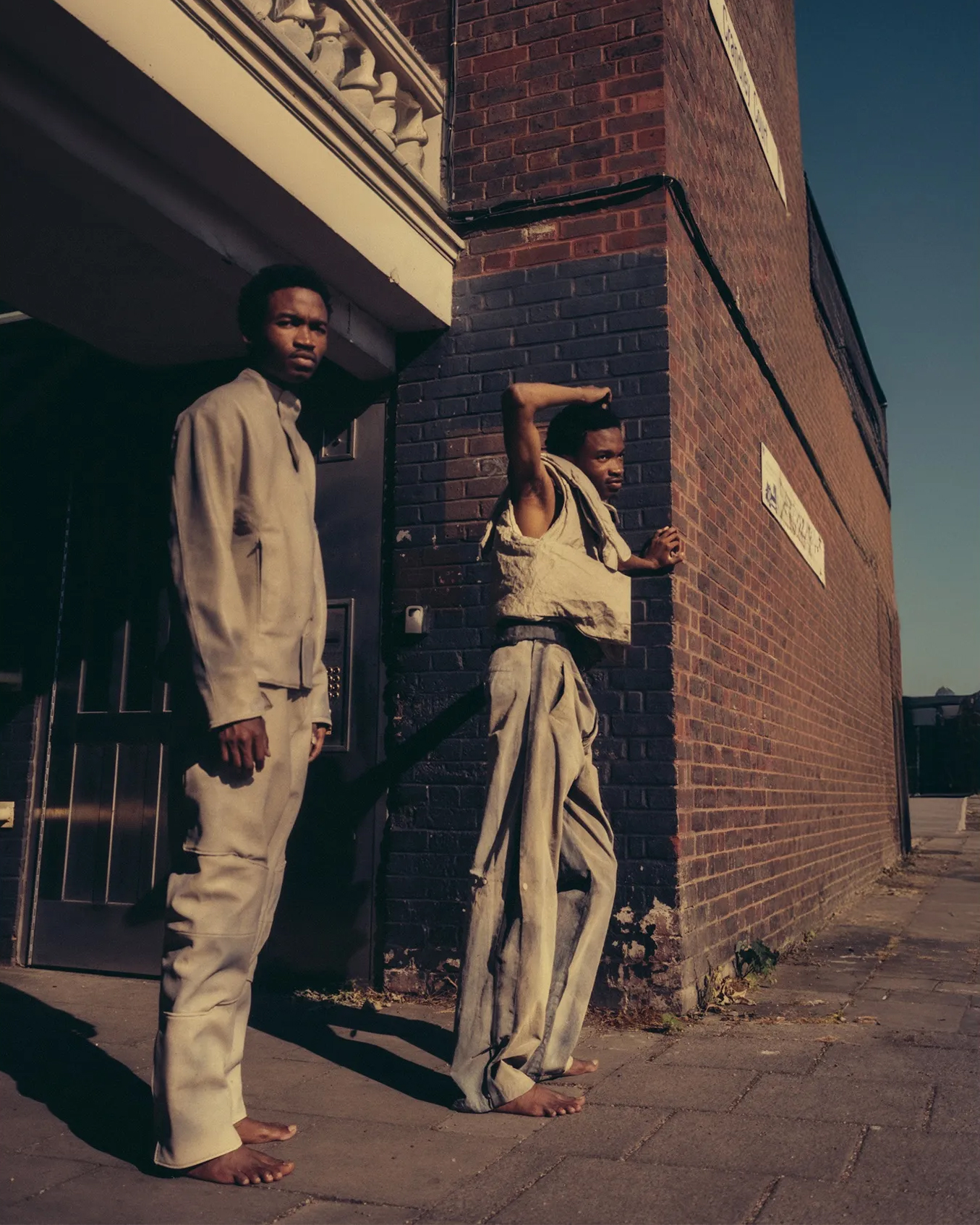How does fantasy manifest on the dance floor?
That’s a question that Caleb Femi – director, artist and award-winning poet of Poor – asks with his new collection The Wickedest. Where the characters we met in 2020’s Poor used fantasy as a way to reimagine their surroundings – turning dank, dark concrete into a technicolor playground – the words of Caleb’s new collection are curled up in the small, secret corners of a legendary house party.
Caleb shared a new photo essay with us to accompany his second book’s release and its primary theme: the vital role of the fantasy space offered by the house party, or shoob, in working-class communities. It all comes, the south Londoner says, from his desire to show how such spaces “exist in a fragile balance between order and chaos, reality and imagination.” In that way, they are much like life itself.
Below, Caleb explains how his community has always come together to reimagine the architecture imposed on it by external authority: and how, with photography and words, he wants to pay testament to such transformations.

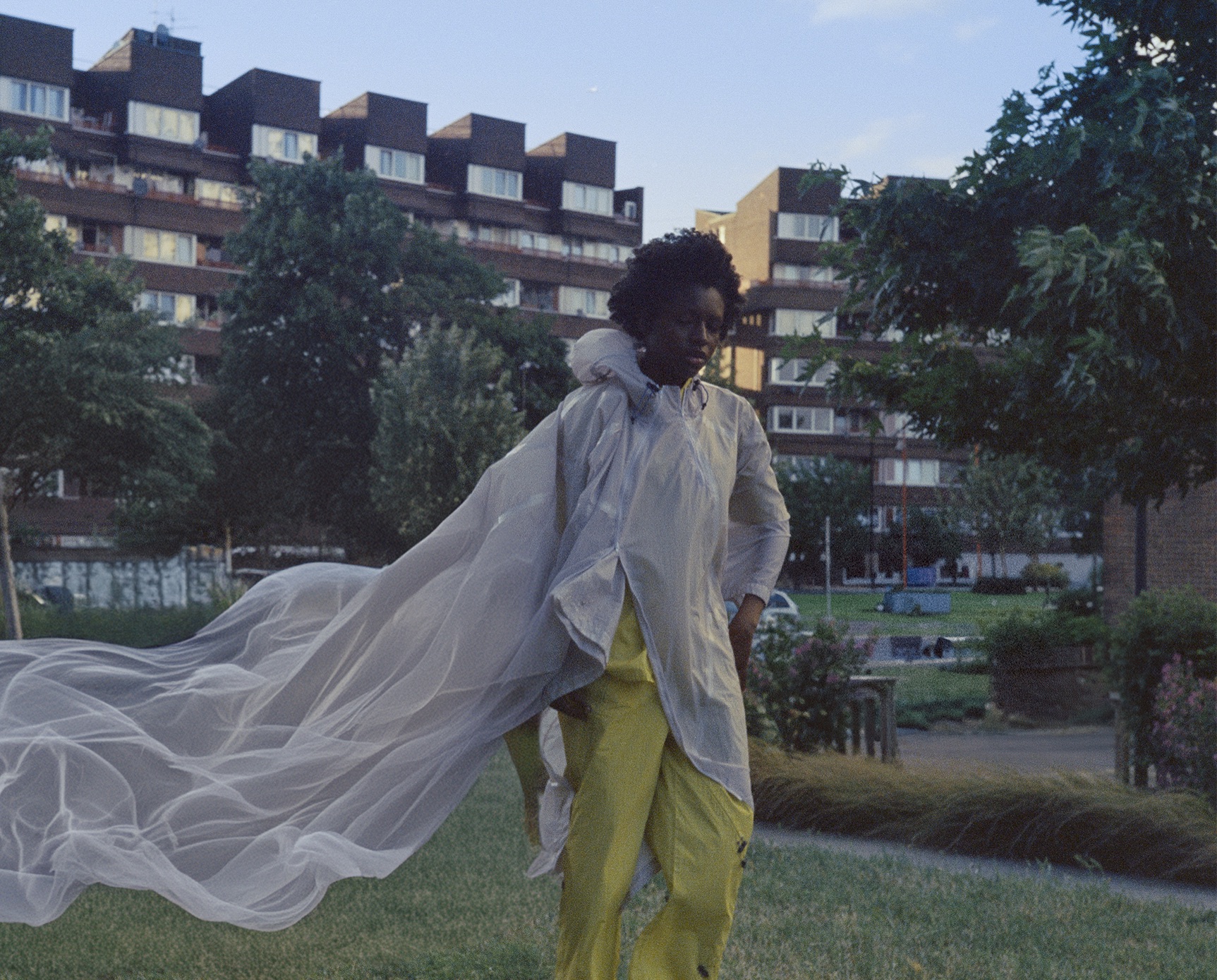
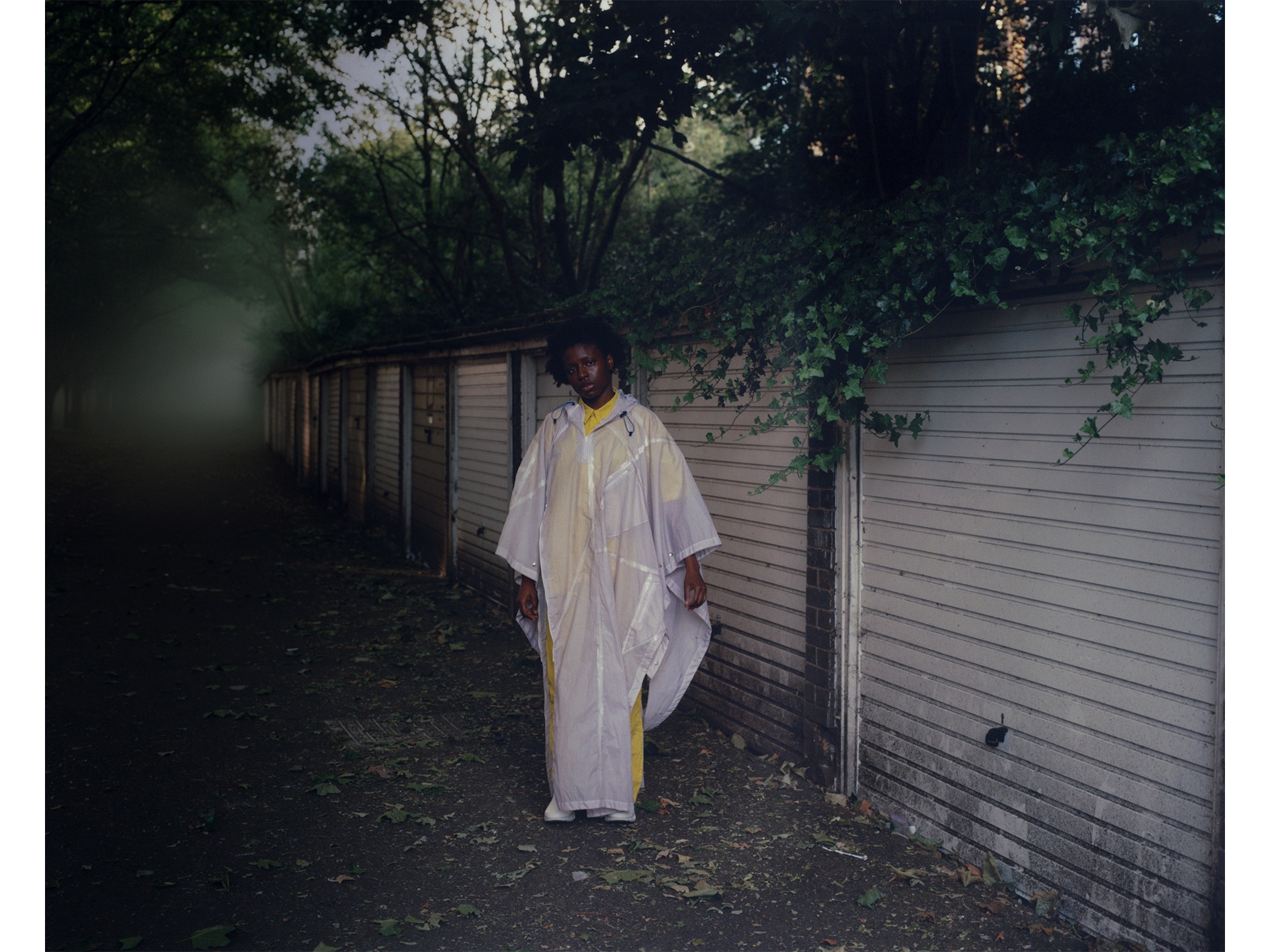
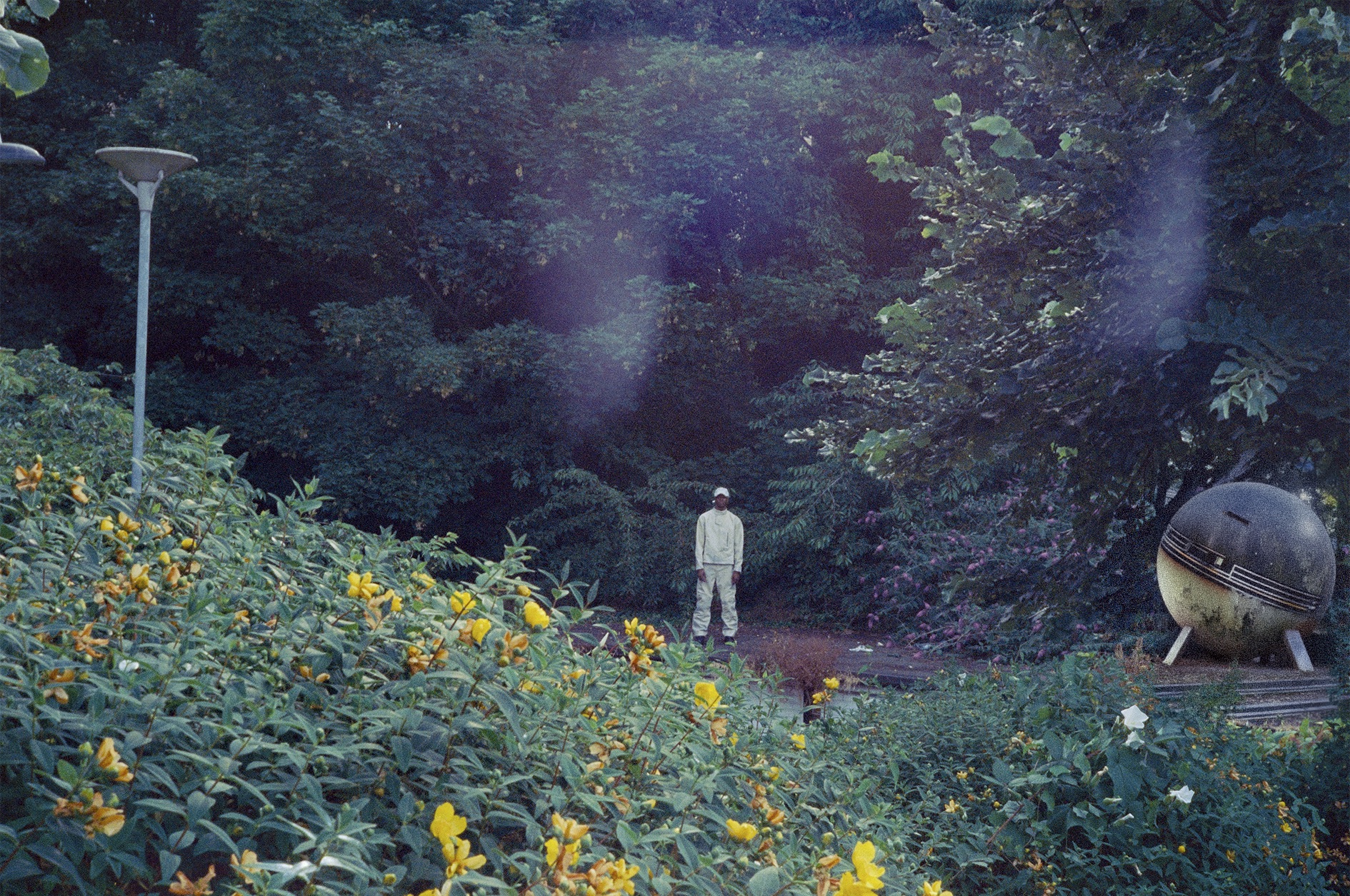

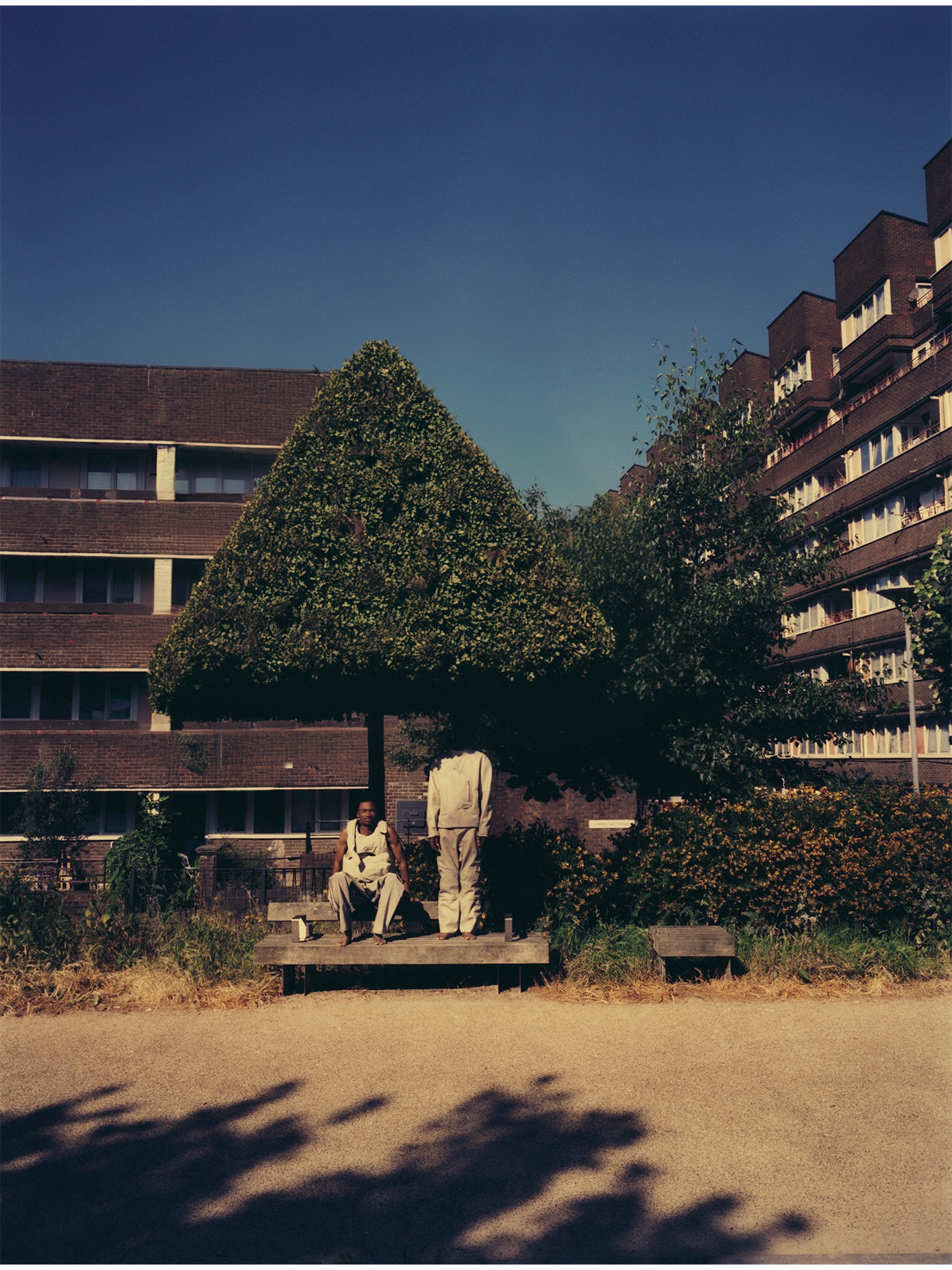
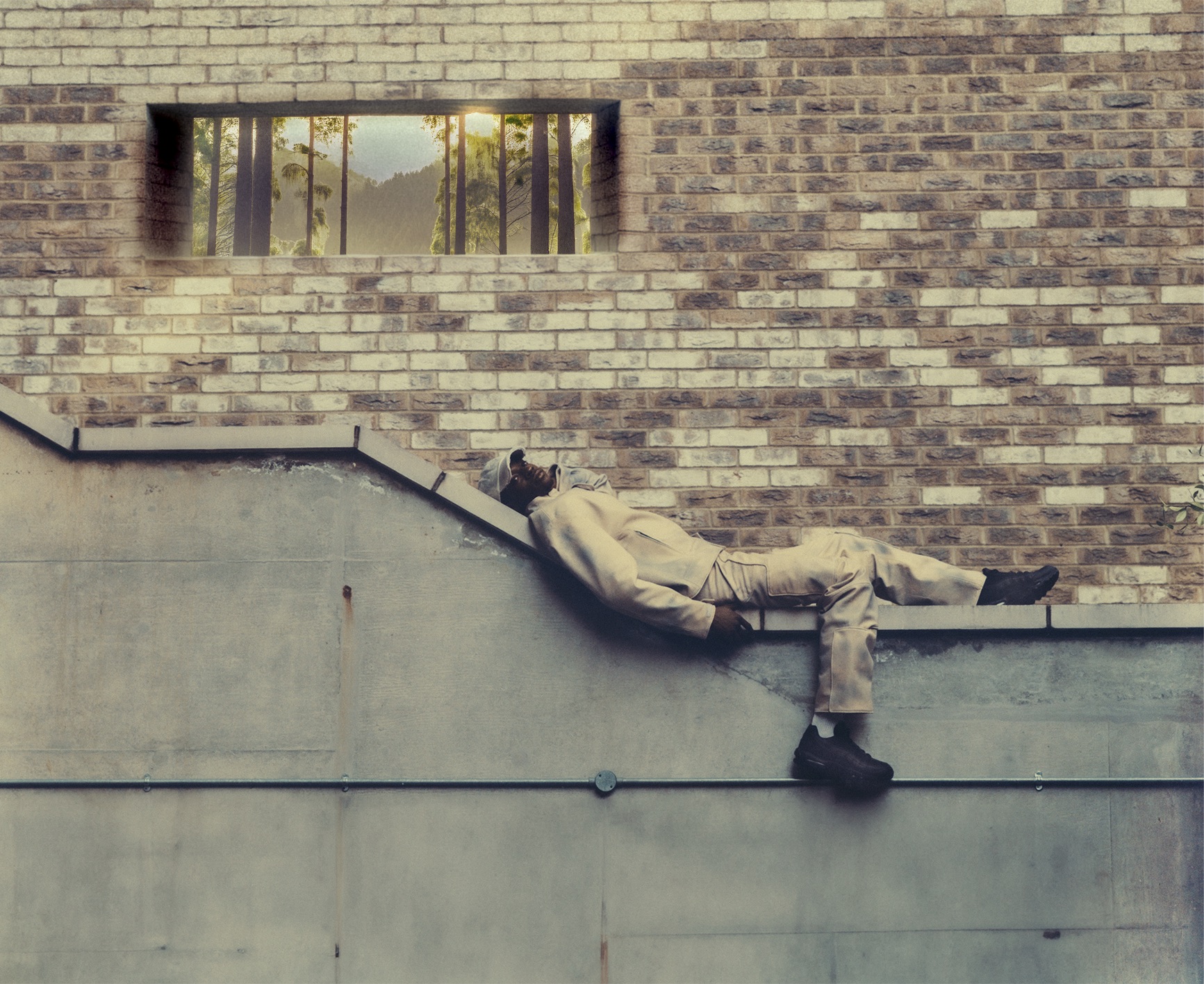
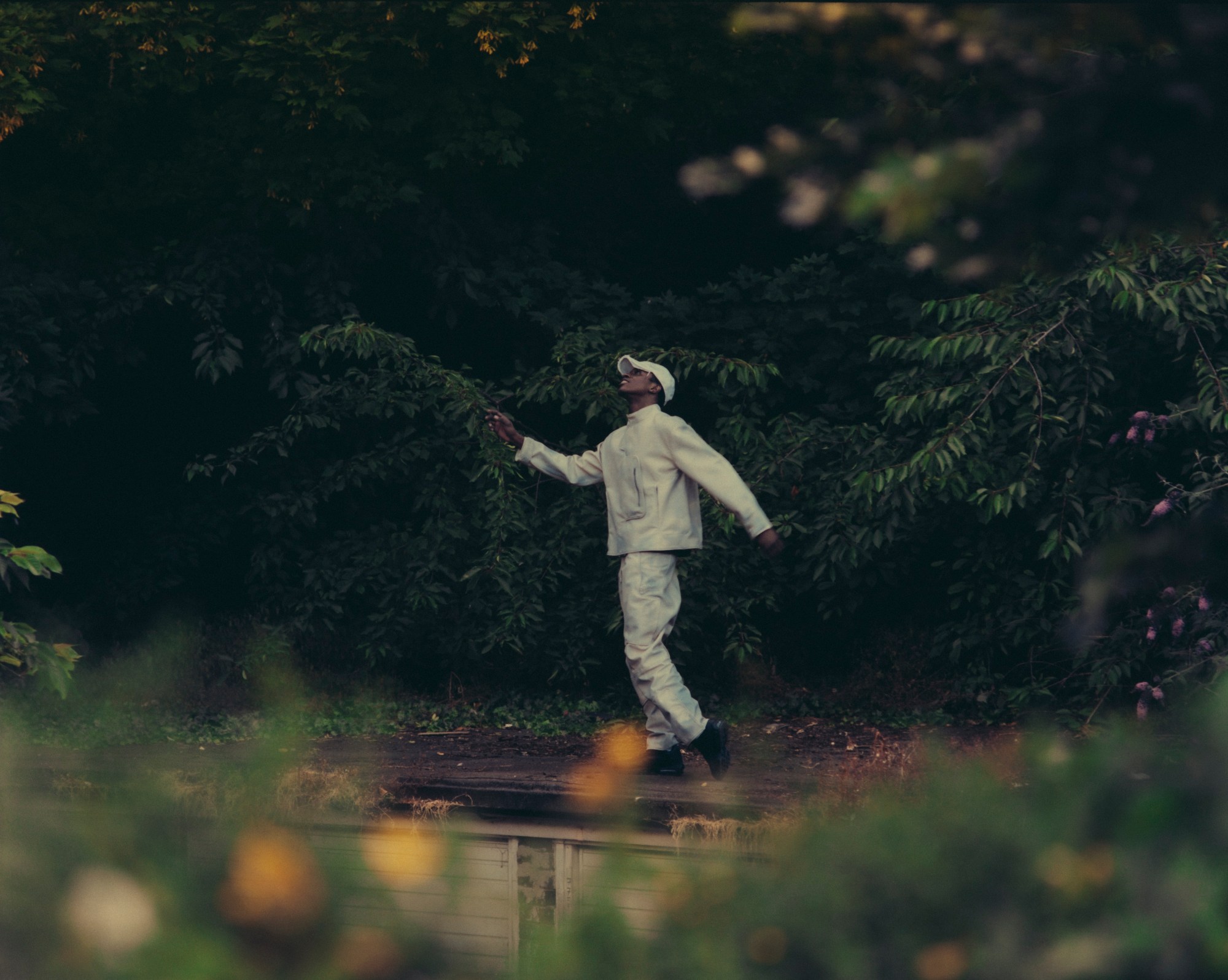
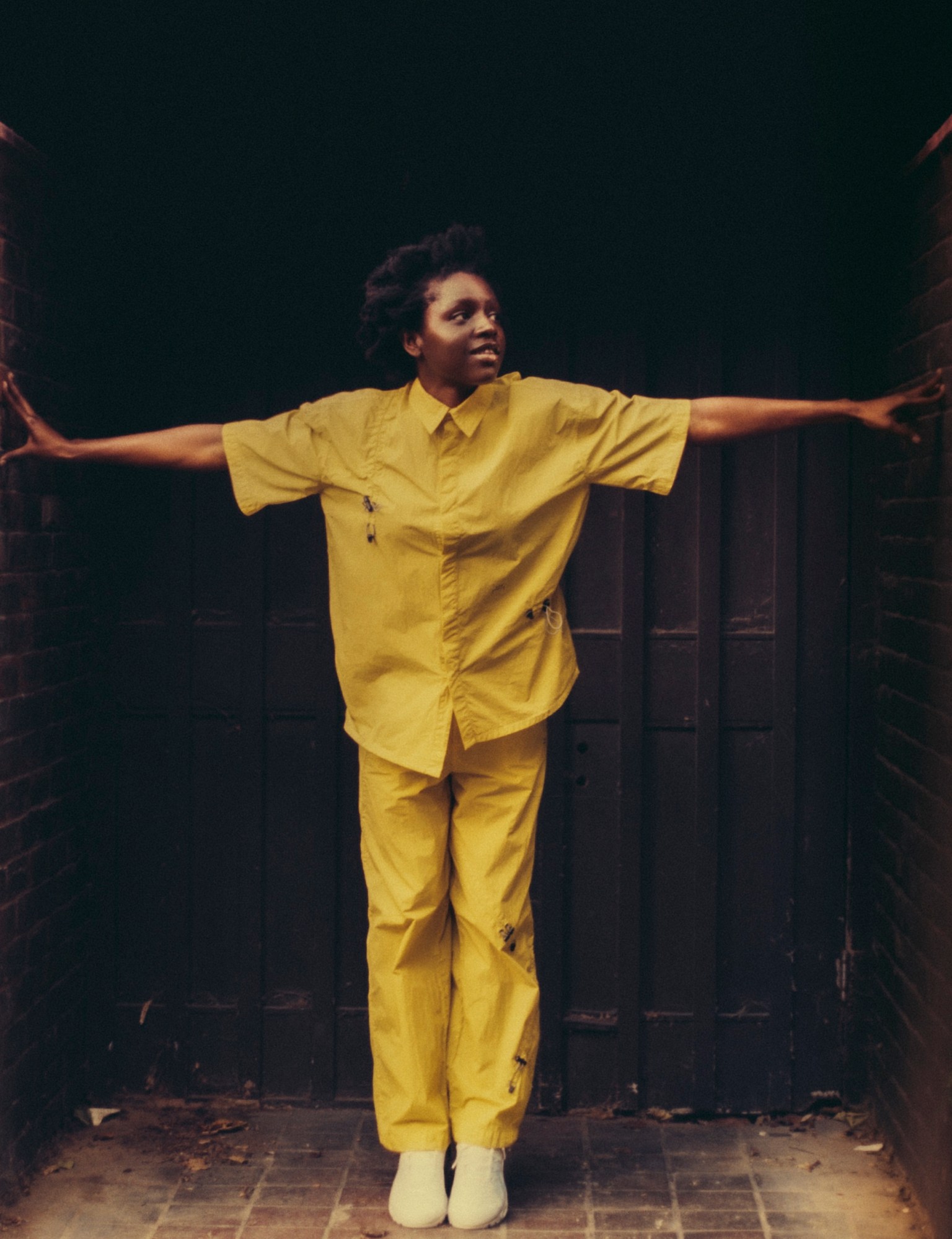

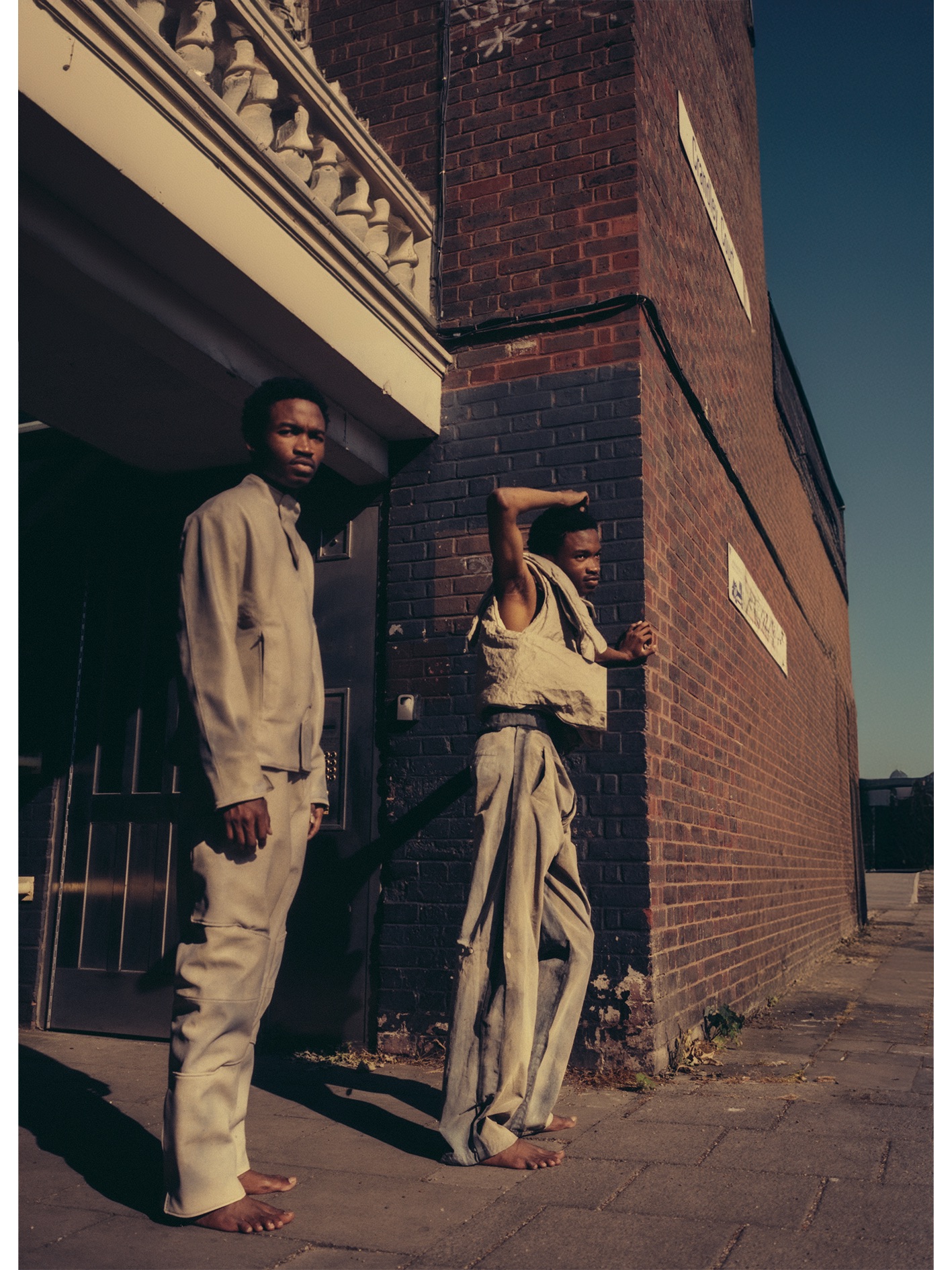
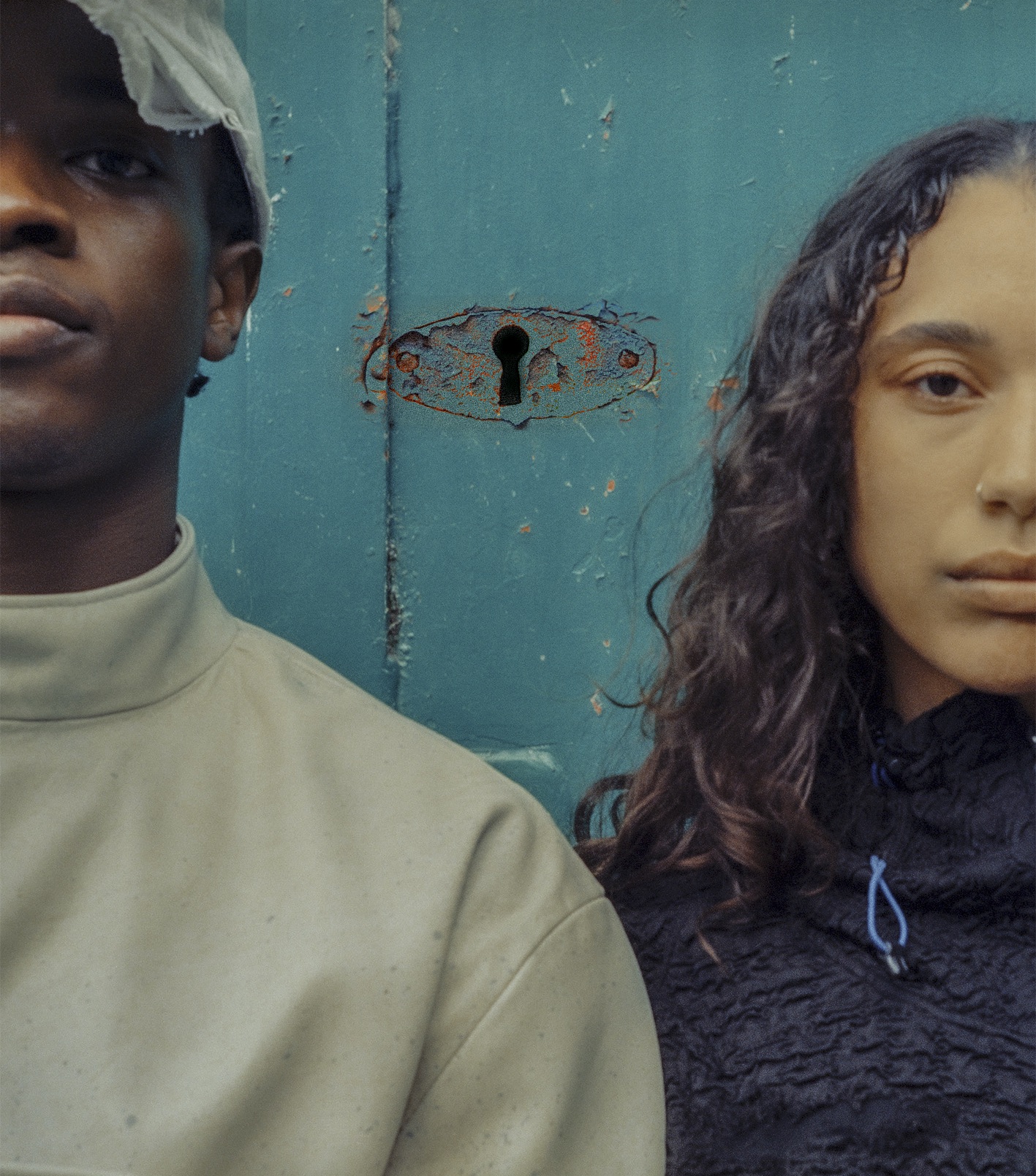












As a kid, I often imagined that the 40-acre North Peckham estate of 1,444 interconnected homes was an international space station.
Or, a rundown basketball court became “Highbury” where aspiring young footballers gathered to practise and envision futures as star players.
Not that I was conscious of it then, but fantasy served not merely as an escape, but as a method of reimagining reality to better suit my needs and aspirations.

This imaginative process allowed us to maintain our sense of self and sanity amidst oppressive or uninspiring environments, making it a crucial survival mechanism that provided mental and emotional refuge. A quick search online or a listen to the local stories will reveal that conditions there were harsh – marked by a lack of infrastructure and economic deprivation. Yet, even with these challenges, the community found creative ways not just to survive but to thrive and assert their identity. The roots of my creative exploration trace back to this.
Working-class spaces, particularly in and around council estates, often reflect a discord between the lived experiences of their inhabitants and the sterile, impersonal designs created by distant authorities. This disconnect fosters a sense of discontent and alienation among residents, who find themselves in environments that neither reflect their identities nor accommodate their needs.
The architecture of the estate frequently fails to capture the diverse tapestry of the community. In response, residents make use of fantasy.
There is a large thin strip of carpark at the back of an estate in Deptford which the residents have renamed Heathrow – because it’s a place that allows distant travel and freedom. They challenge the impersonal designs imposed by external authorities, reclaiming the carpark and imbuing it with their own meaning. Street art, guerrilla gardening, and community-led redesign projects breathe new life into neglected spaces, transforming them into areas of beauty and communal pride.
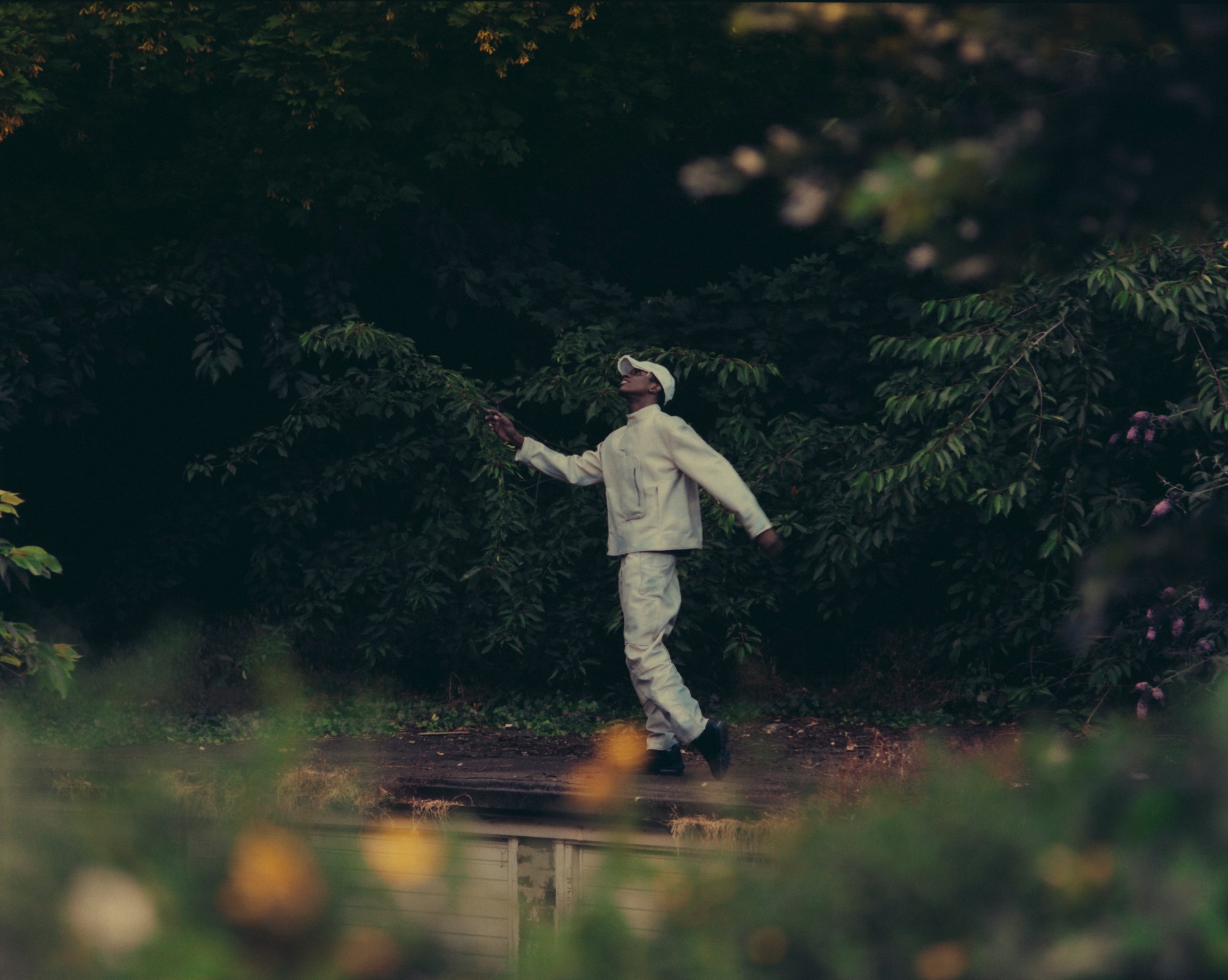
In these photographs I wanted to document these transformations, capturing the seen and unseen elements of the space. By using VFX I am able to engage in a form of ‘guerrilla gardening.’ This is not just about individual escapism but a collective act of reclamation. Each image I create is a testament to this resilience and creativity.
These photographs are not just visual records: they are narratives that illustrate the power of imagination in transforming our environment.
